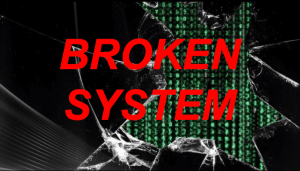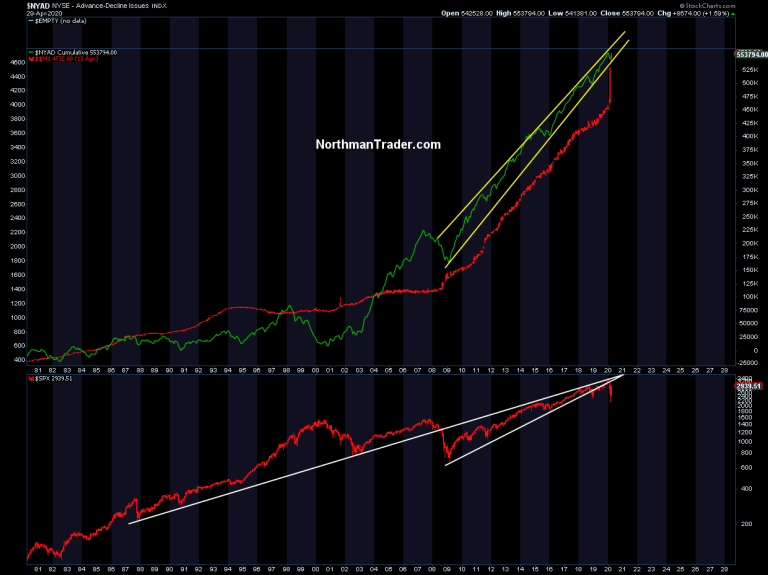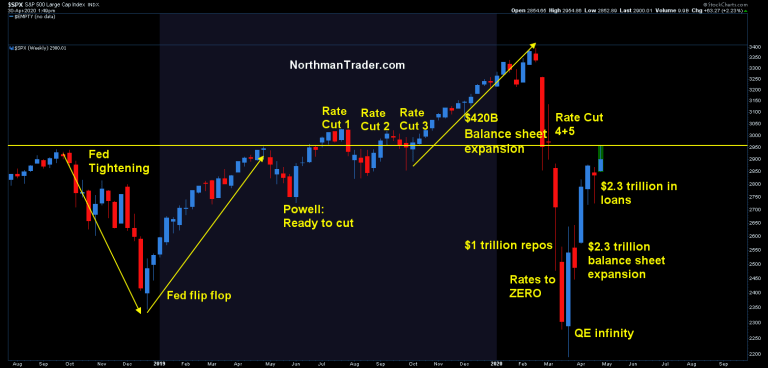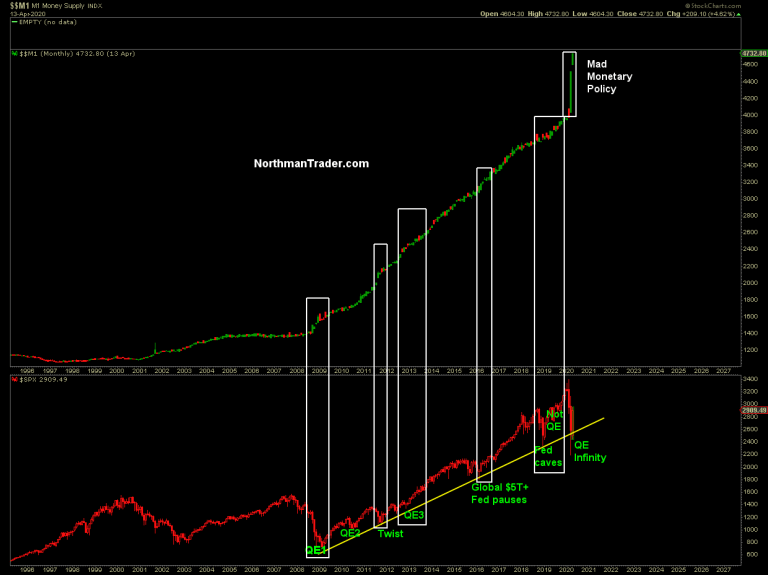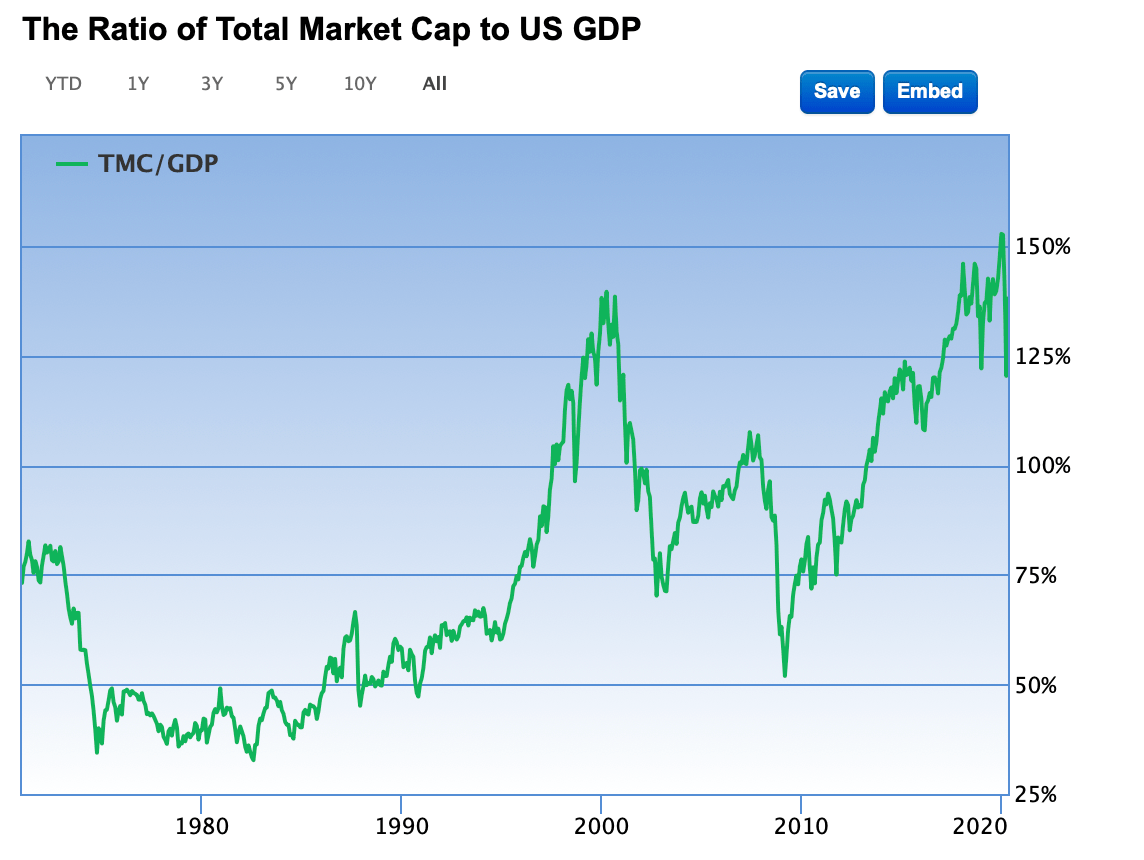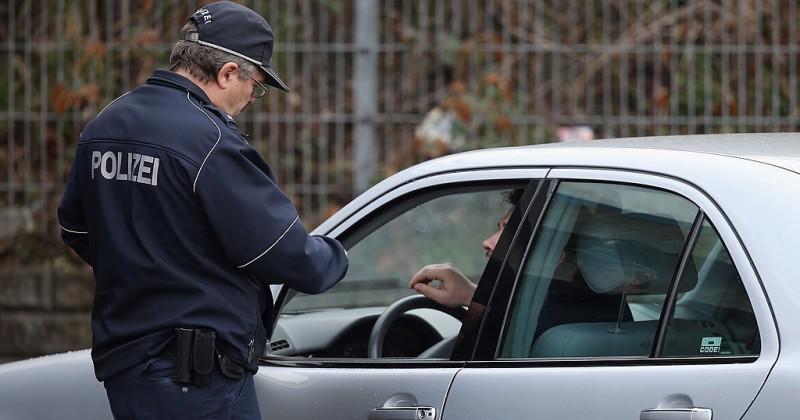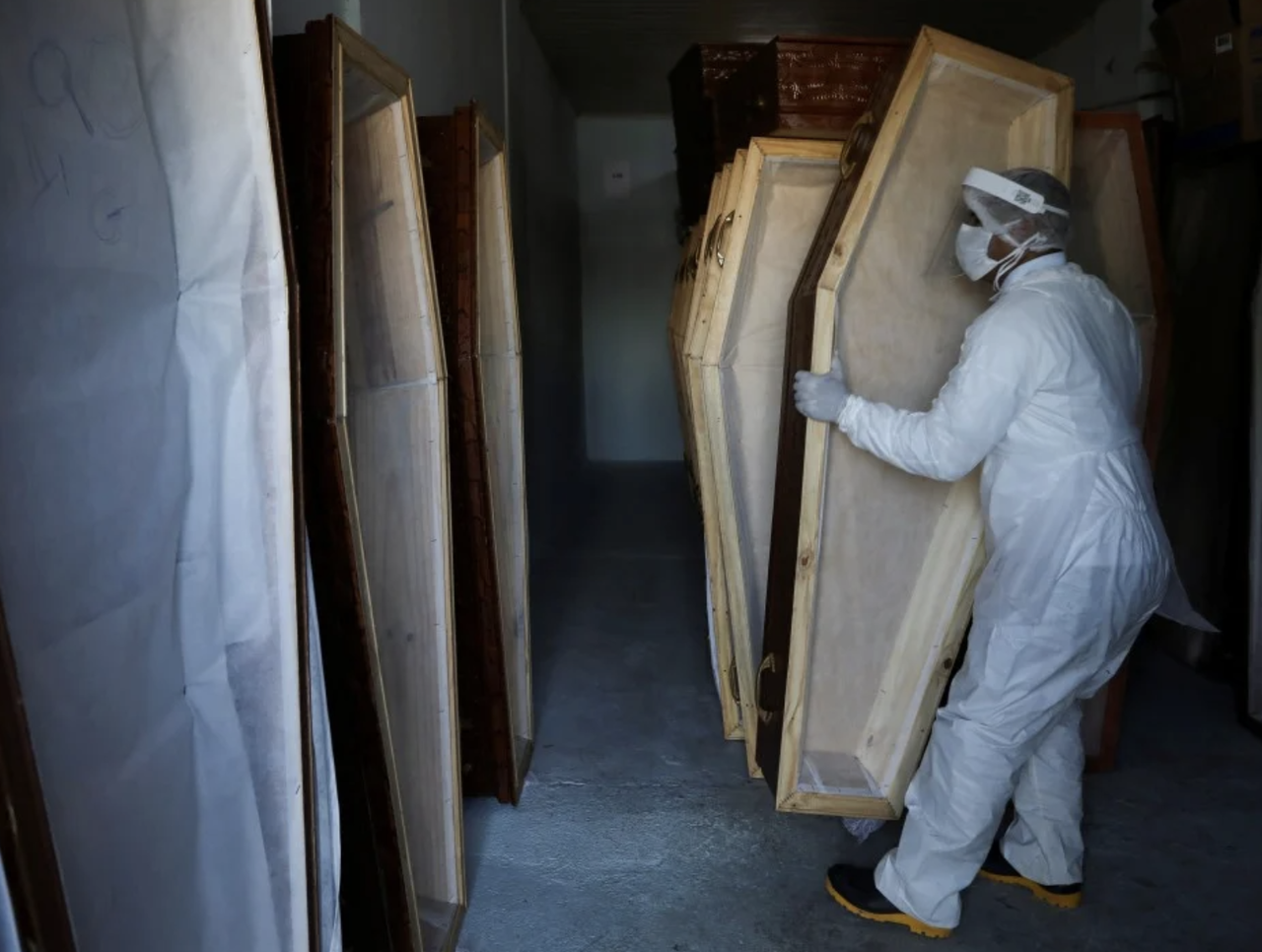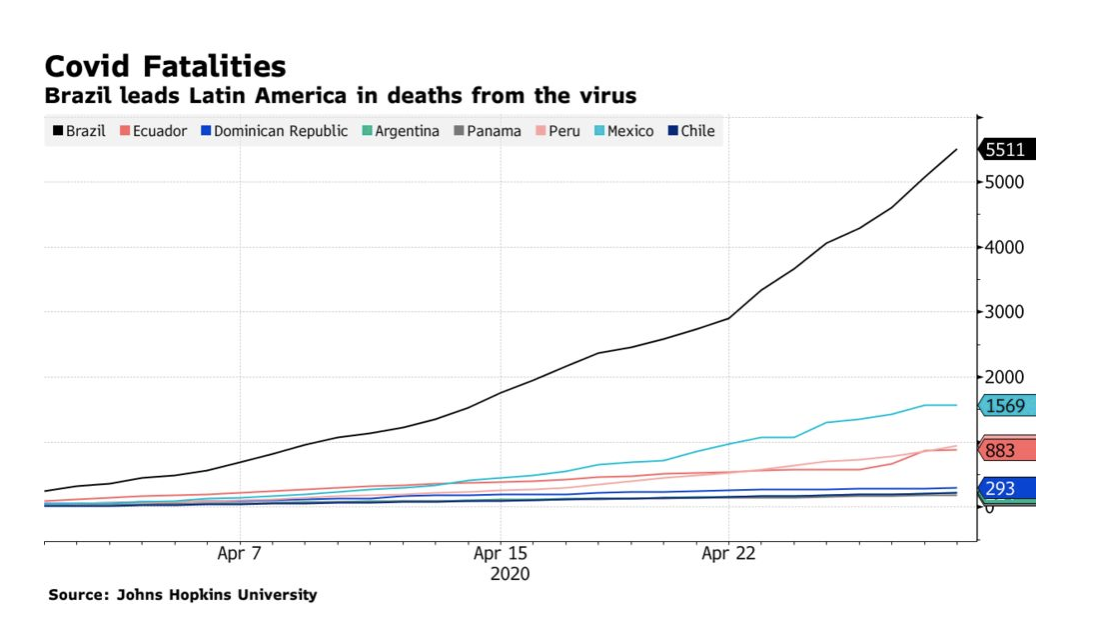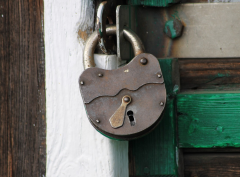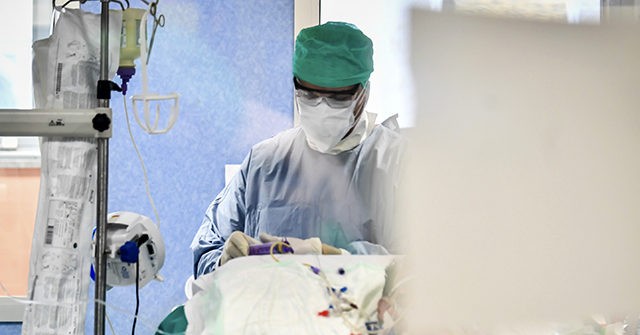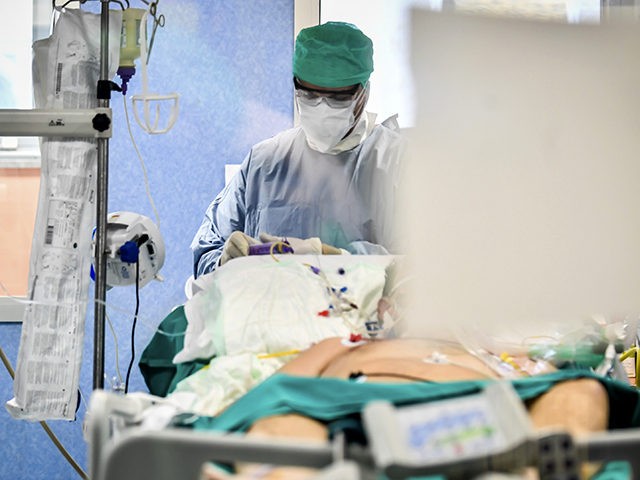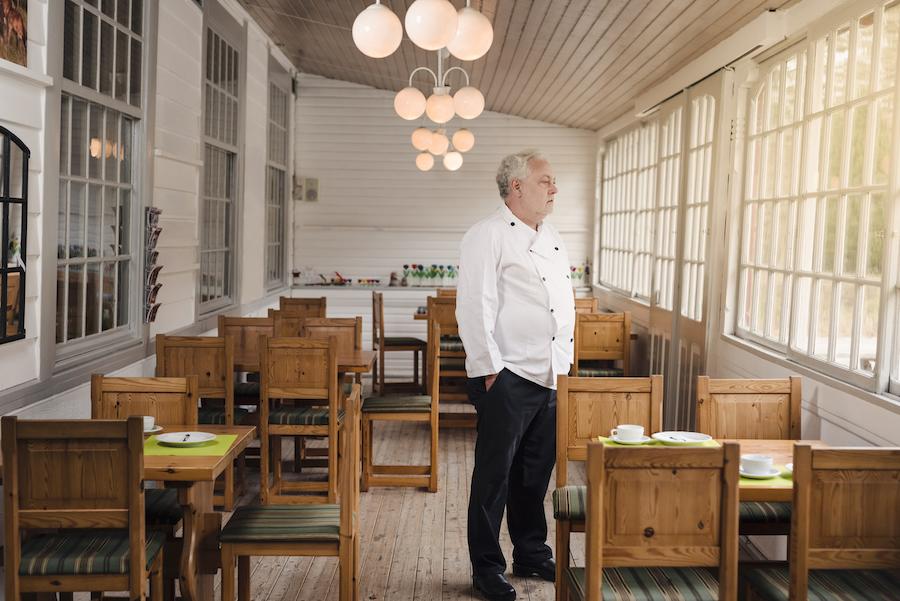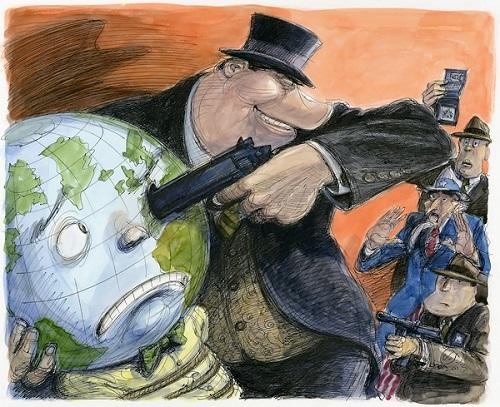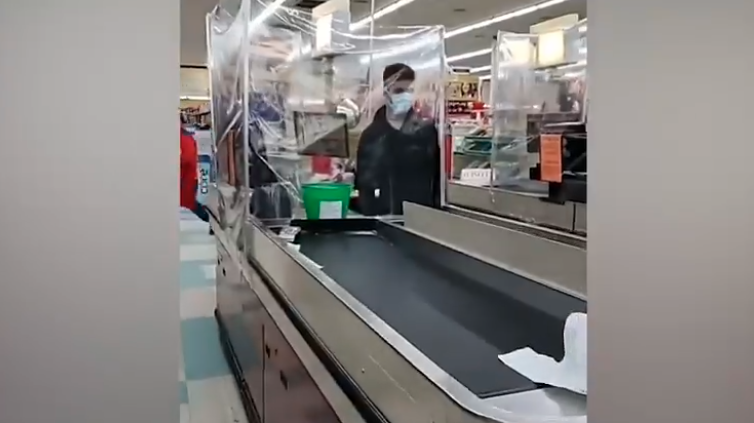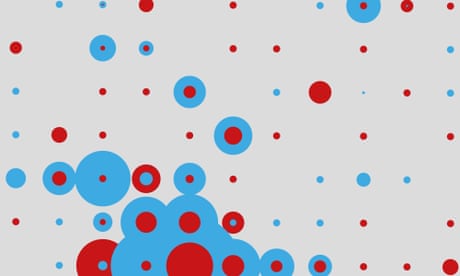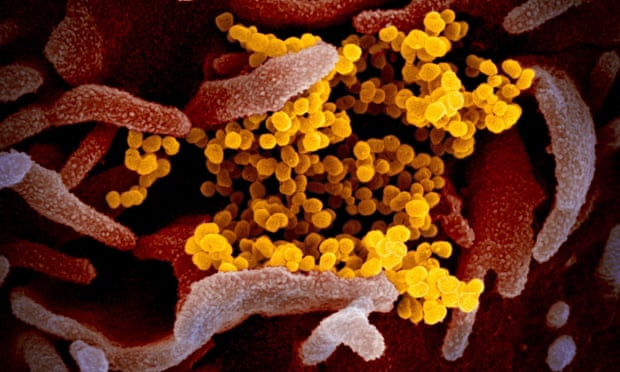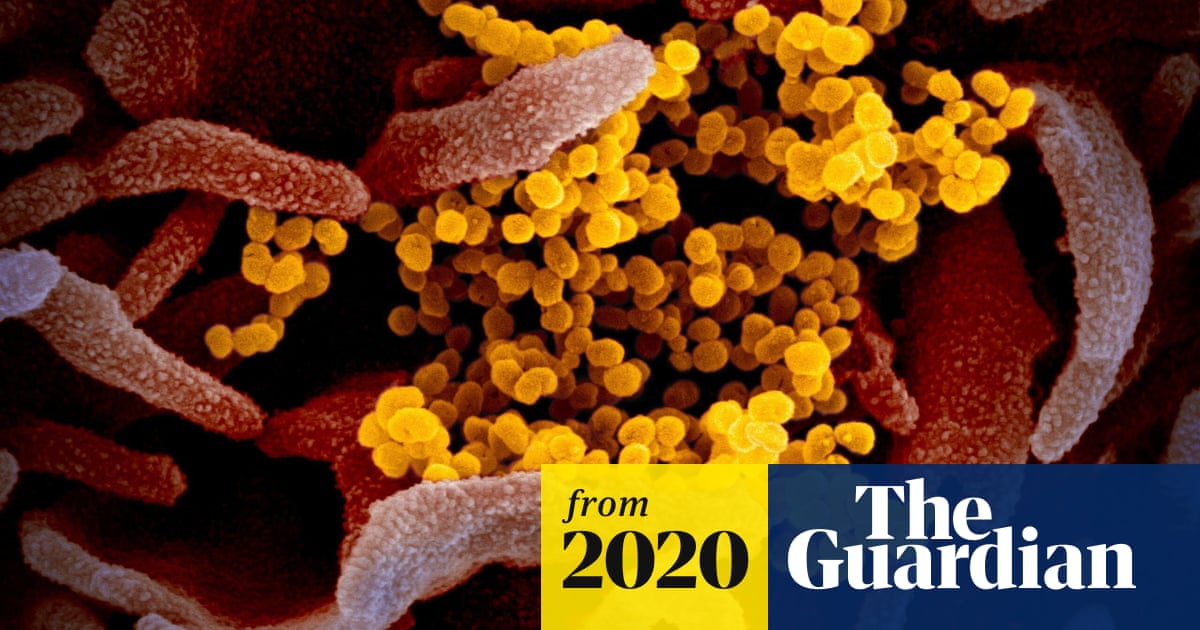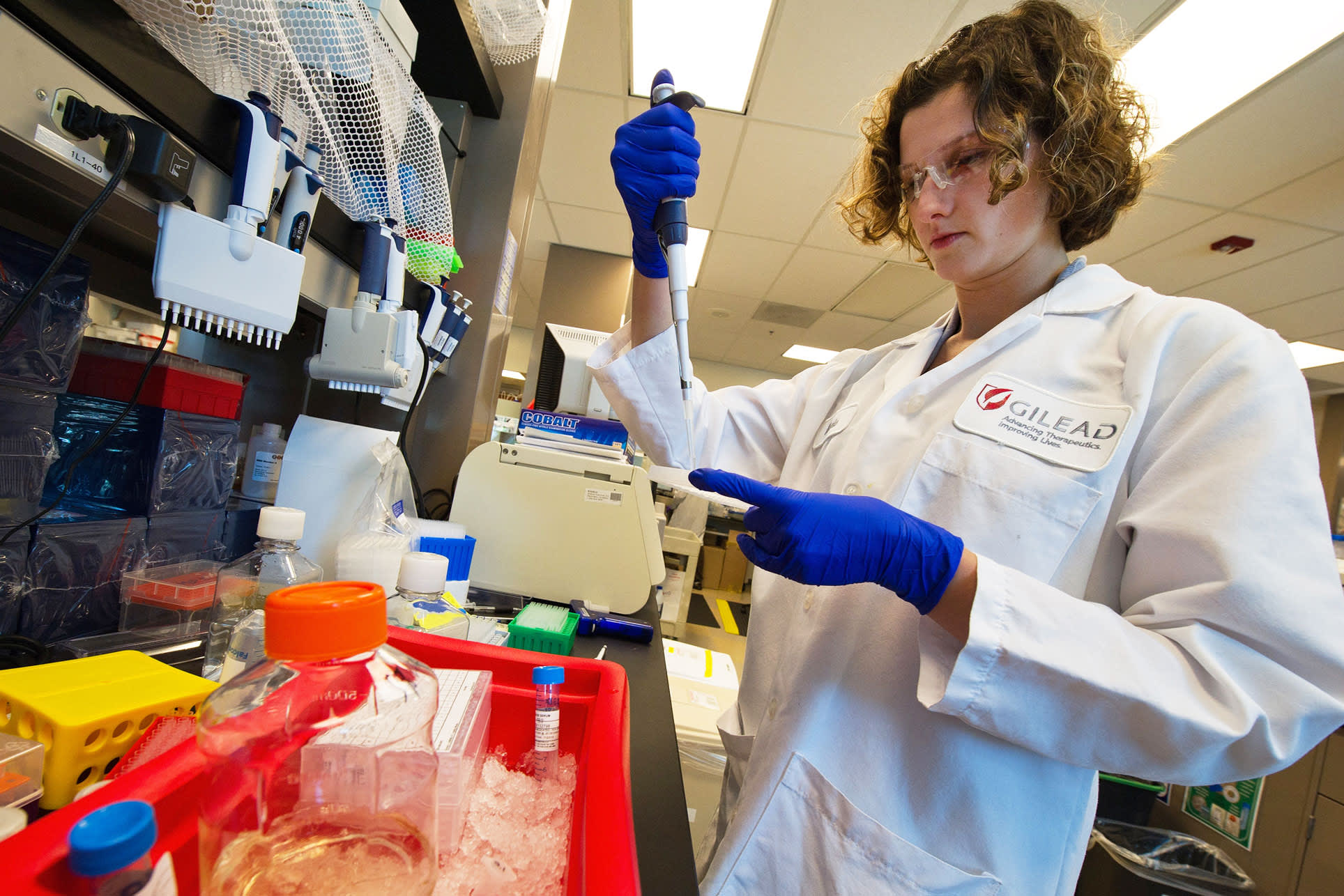Part 2 of 2
That policy generated a
federal civil rights lawsuit against the governor and the CHP, as well as criticism from constitutional scholars who said it went too far.
The CHP never specified how it planned to handle the protest, which originally was billed as one featuring vehicles circling the Capitol but later included plans for a march and calls for demonstrators to board buses to the Capitol.
Instead, the agency merely said Thursday night it was “unable to approve permits” for the demonstration and “will have resources available to take the appropriate action as necessary.”
SEVERAL CALIFORNIA GROUPS CALL FOR PROTESTS
There were several Facebook groups calling for protests around California on Friday. The largest of them, “Reopen California,” has an upside-down American flag as its background image on its page and 131,000 members.
The group featured live feeds Friday from protestors at the capitol as well as at protests in Southern California.On the page’s “about”
section is a link to a website, Ineedtogotowork.com, which contained a single page and a form where people could sign up for alerts. The page presented statistics that attempted to show COVID-19 deaths as being inconsequential.
“We are a non-political group of citizens who believe our rights are being violated by the Coronavirus “Shelter In” Process,” the site says. “We want to go back to work in order to support our lives and the lives of our families.
“We think it’s time to get back to work California, for those who do not fall into the High Risk category. It’s my body and should be my choice to work. All work is essential and Shelter In should be a choice that every American Citizen should make on their own.”
Elsewhere around the country, similar protests have been criticized for being organized by secretive political organizations. Michigan Gov. Gretchen Whitmer said the “Operation Gridlock” protests at the capitol last month were organized by the Michigan Freedom Fund, which has received backing in the past from the DeVos Family’s Amway empire. Betsy DeVos is Trump’s education secretary.“
“I also would just say, I think it is this group is funded in large part by the DeVos family and I think it’s really inappropriate for a sitting member of the United States president’s cabinet to be waging political tax on any governor, but obviously on me here at home,”
Whitmer told reporters last month. “I think that they should disavow it and encourage people to stay home and be safe.”
While no official group has claimed to be behind California’s protests, they have received some legal support from the conservative Center for American Liberty, whose lawyers
sued the Newsom administration this week for no longer issuing protest permits at the Capitol.
“At a time when Californians are rightfully questioning the duration and extent of the stay at home orders, which are unevenly enforced and which have resulted in other Constitutional challenges, Governor Newsom has reacted to citizen protests not by addressing widespread concern, but simply by shutting down protest at the Capitol altogether, making no reasonable accommodations for this fundamental function in a free society,” Center for American Liberty CEO Harmeet Dhillon
said in a statement.
Video on site 0:45 min
Hear CHP order dispersal of stay-at-home order protesters at California state Capitol
Protesters were at the state Capitol in Sacramento, California, on May 1, 2020 to demand an end to Governor Gavin Newsom’s stay-at-home shutdown order during the COVID-19 pandemic. California Highway Patrol officers ordered a dispersal. BY
ALYSSA HODENFIELD |
SAM STANTON |
JASON SHOULTZ
‘WE’RE RESPONSIBLE ADULTS’
Stefanie Fetzer of San Clemente, left home at midnight to ride one of two chartered buses for the event.
Fetzer was at the Capitol for the previous protest and said she was the one who got a permit for that event from CHP, a move that shocked her.
“I thought I’d won the lottery,” she said as she stood on the Capitol west steps a few feet from eight CHP officers watching from the steps.
“I think its time for us to send a message to Gov. Newsom that he needs to roll back this shutdown,” she said. “We’ve gotten to the point where the economy’s going to suffer, I have friends facing homelessness, business lost that will never recover.”
“People are suffering, I read something yesterday that the suicide hotline had seen an 1,800 percent increase in calls. So we know poverty kills. It’s time for us to weigh both factors now, it’s time for us to get back to work.”
Fetzer said her husband, a software developer, is hurting because of the slowed economy and that a friend who owns a now-shuttered hair salon is suffering because of the $5,000 a month rent.
“He can’t pay the rent with no haircuts, so he’s looking at shutting down,” she said as her 8-year-old son, Jerry, stood nearby.
Fetzer emphasized that the protesters are being responsible.
“We’re not advocating for people to go out and lick other people,” she said. “We’re responsible adults. We can interact and be safe.”
NEWSOM SAYS DEMONSTRATE ‘SAFELY’
At his noon press conference, Newsom said he would defer to the CHP on crowd control, but said he welcomes protest as long as it is done with social distancing. He encouraged protesters to take precautions to protect themselves and others, including wearing masks.
“I’m passionate about participatory democracy,” he said. “All I ask is, just do it safely.”
He said he would tell the protesters this: “You don’t want to contract this disease. This disease doesn’t know if you’re a protester, a Democrat, a Republican ... so protect yourself, protect your family... your friends, your neighbors, people that you’re protesting with. That’s all I would say to them, and thank them for their expression of free speech.”
Newsom says he is now preparing to significantly loosen his stay at home order to reopen some businesses “within many days” rather than weeks. But that timeline could be pushed back if large groups of people congregate and spread the virus.
Although 91 people died in the last 24 hours in California, he said hospitalizations and ICU admissions are stable.
“We can screw all that up, we can set all that back by making bad decisions,” he said. “We could start to see a spread again, and so that’s the only thing that will set us back.”
A mixture of signs denouncing the stay-at-home order blended with signs lauding President Donald Trump and demanding Newsom’s impeachment. Many demonstrators wore red-white-and-blue outfits and carried American flags.
Kristine Cardozo, an ayurvedic health practitioner, stood on the steps wearing her blue medical scrubs, a stethoscope around her neck and no mask or gloves.
Cardozo said she drove up Thursday from Burbank for the protest because the shutdown has hurt her ability to see patients, much less touch them as part of her work, and that she does not believe the coronavirus crisis is as dire as some have described.
“Health care workers have to feed their families, too, and all across the country they’re being furloughed out of hospitals,” she said. “Nobody’s coming in and these people are coming home having to get on unemployment as well.”
Wisti Quenneville, 56, a self-employed hairdresser and fitness coach who lives in Danville lost both jobs, and state unemployment insurance hasn’t filled the financial gap, she said. She said the stay-at-home order initially made sense, especially because of the epidemics unfolding in places like Italy and New York City.
Her frustration in recent weeks is that her work might not return for weeks or even months under Newsom’s incremental plan to reopen.
“We did it. Now let’s gently insert ourselves to the old world,” she said Friday, across the street from the main protest.
If a surge in infections or deaths followed a reopening now, she said she’d “be happy to shut back down.” Friday’s protest at the Capitol was the first demonstration she’d ever joined and overall she was surprised by how peaceful it was — until police filed out of the building and began moving protesters back.
“It was like the freaking hunger games,” she said.
Andrew Smith attended with his 3-year-old daughter, Riley Jo, to “have our voices heard.”
“You can point to data all you want,” said Smith, who said it didn’t matter millions of people were at risk of getting sick or dying. “You still can’t take away civil liberties.
“It’s simple. If you’re afraid of it stay home.”

